Decoding Tech Trends: Exploring the Most Popular Programming Languages
Industry Trends & Innovation
Read Time: 15 mins

Introduction
Programming languages are evolving at breakneck speed to meet modern demands. Whether it’s for website development, apps, games, or algorithms, there’s a dizzying array of languages to choose from. For those tasked with hiring tech talent—like recruiters, HR leaders, and hiring managers—figuring out which skills to prioritize can be a real head-scratcher. When making these decisions, it's smart to look at what’s hot right now, what’s likely to be the next big thing, emerging technologies, and the skills your business needs to hit its goals. Navigating this landscape requires a keen eye on current trends and future potential, ensuring you’re equipped to bring in the talent that will drive your business forward. Being aware of the most popular programming languages is important for choosing the right tool for a specific project.
Overview of the Most Popular Programming Languages
Brief History
The story of programming kicks off in the early 19th century with the ingenious Ada Lovelace, who devised an algorithm for Charles Babbage's Analytical Engine—the first conceptual computer. But it wasn't until the 1950s that the first real programming language made its debut. Enter FORTRAN (Formula Translation), designed for heavy-duty scientific and engineering calculations. The 1960s saw a flurry of new languages like COBOL (Common Business-Oriented Language), BASIC (Beginner’s All-Purpose Symbolic Instruction Code), and ALGOL (Algorithmic Language). These became the backbone of business and research applications. The 1970s rolled out the red carpet for C and Pascal, essential tools for building operating systems and applications. Then, the 1980s brought a game-changer with Smalltalk, the first object-oriented language. Smalltalk allowed developers to write reusable code, revolutionizing the way we create graphical user interfaces. The 1990s were all about scripting languages like Perl and Python, making web development a breeze. By the early 2000s, Ruby and PHP took center stage, perfecting the art of dynamic website creation. Fast forward to today, and heavyweights like Java, C++, Python, and JavaScript dominate the programming landscape, powering an endless array of applications. At the heart of all programming lies logic. Writing code is like crafting a master plan of precise, logical instructions for a computer to follow. It involves breaking down complex problems into bite-sized, manageable chunks and creating detailed algorithms—step-by-step recipes for solving issues logically and accurately. Logical operators and conditional statements are the unsung heroes here. Operators like AND, OR, and NOT evaluate expressions and make decisions, while conditional statements like IF, ELSE, and SWITCH dictate the program’s flow based on specific conditions. In essence, logic is the lifeblood of programming. Without it, code would be a chaotic jumble, unable to function correctly or produce the desired outcomes. By honing their logical thinking skills, programmers can write efficient, effective code that solves complex problems and meets user needs.Importance of Choosing the Right Language
With so many programming languages to choose from, one of the toughest tasks is figuring out which one is the perfect fit for your project. Each of the most popular programming languages comes with its own set of features and syntax quirks, making the comparison process pretty complex. To help cut through the noise, we’ve compiled a list that showcases the most popular programming languages in various popular domains, all based on the latest industry trends.
To help cut through the noise, we’ve compiled a list that showcases the most popular programming languages in various popular domains, all based on the latest industry trends.
- Web Development: JavaScript, Java, HTML5, Ruby, TypeScript
- Mobile development: Kotlin, Swift, Objective-C, ++, C#
- Data science: Python, R, SQL, Scala, Julia, MATLAB
- Artificial intelligence and machine learning: Python, R, Java, Lisp, Prolog, JavaScript
- Cloud computing: Java, Python, JavaScript, Golang, .Net Core
- Cybersecurity: Perl, C++, SQL, Ruby, Rust, Assembly
Criteria for Popularity of the Most Popular Programming Languages
Developer Community
A key factor in a programming language's popularity is the strength and activity of its community. When a language boasts a large, engaged community, it’s a clear sign that it’s widely used and well-supported. This kind of vibrant community means plenty of resources, advice, and shared knowledge to help you tackle any coding challenge.Job Market Demand
The job market demand is another key player in why a programming language is so popular. The more companies gravitate towards a certain language, the more valuable those developers will be. Job market demand is constantly changing as programming languages become more advanced. Keeping up with the job market trends can help developers choose which languages are worth investing time into learning.Learning Curve
How easy a programming language is to pick up and use also plays a role in its popularity. People like to be able to feel like they are making progress when learning a new programming language. More complex languages may discourages developers from using it.Performance and Efficiency
Performance and efficiency are also two major elements contributing to the popularity of a programming language. The better a programming language performs at a specific tasks, the more likely developers are to return to it.Most Popular Programming Languages in 2024
Python
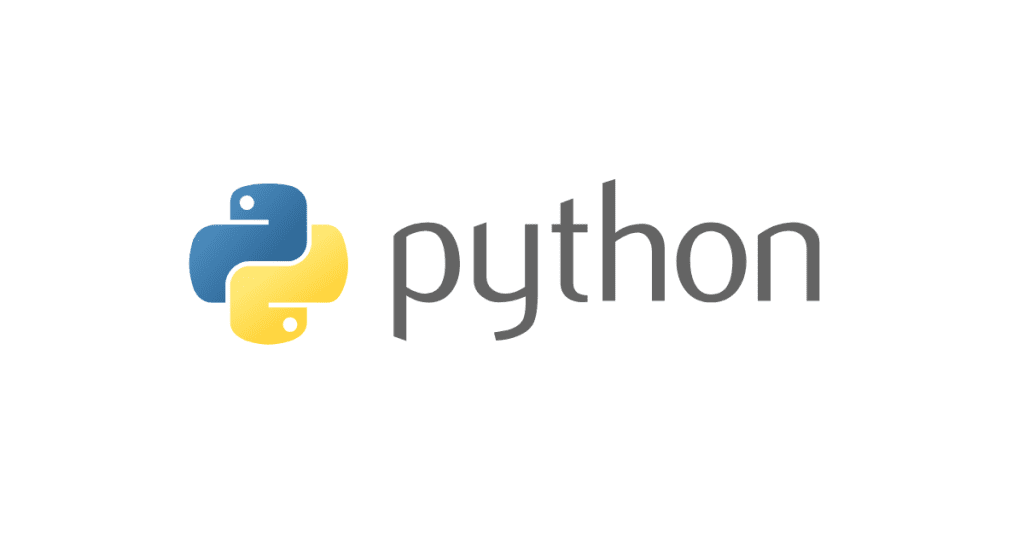
Overview
Python is one of the most popular programming languages around today, and for good reason. It’s super beginner-friendly thanks to its clean and readable syntax. Plus, it's free and open-source, with a huge community constantly improving and expanding it. Python’s got a ton of support modules, seamless integration with web services, and user-friendly data structures. It’s even great for building GUI-based desktop applications. Python shines in the world of machine learning and deep learning, making it a go-to choice for those cutting-edge applications. It’s also behind some impressive 2D and 3D animation tools like Blender, Inkscape, and Autodesk. Gamers might be surprised to learn that Python was used to develop hits like Civilization IV, Vegas Trike, and Toontown. In the scientific and computational arenas, Python powers tools like FreeCAD and Abacus. It’s also the backbone of some of the biggest websites out there, including YouTube, Quora, Pinterest, and Instagram. And if you’re wondering about the payoff, Python developers rake in an average annual salary of around $109,092. Not too shabby!Key Features
Here are a few standout features that make Python a superstar in today's programming world:- Portable Language: Python is a cross-platform marvel. It runs smoothly on Linux, macOS, and Windows. For instance, a Python script written on Windows can easily be executed on Linux or macOS without a hitch.
- Standard Library: Python comes loaded with a rich standard library, offering modules for operators, mathematical functions, and powerful libraries like NumPy, Pandas, and TensorFlow.
- High-Level Language: Python is a high-level, general-purpose language. Unlike the machine-centric languages like C or C++, Python’s syntax is human-readable.
- Easy to Learn and Use Python’s simplicity is one of its biggest draws. It’s straightforward to understand and code, making it accessible for beginners.
- Dynamic Language: Python doesn’t require explicit declaration of variable types.
- Extensible Language: Python's extensibility allows you to integrate C or C++ code, boosting performance by compiling to byte code.
- Interpreted Language: Python executes code line-by-line, converting it to byte code on the fly. This eliminates the need for separate compilation steps, making debugging a breeze.
- Object-Oriented Programming Language: Python embraces multiple programming paradigms, including procedural, functional, and object-oriented.
- Free and Open-source Libraries: Python is free and open-source, easily downloadable from its official website.
Popular Use Cases
- Web development
- Data Analysis
- Artificial Intelligence, Machine Learning, Deep Learning,
- Data Science
- Software Development
Pros and Cons
Pros:- Beginner-Friendly
- Well-Supported
- Flexible
- Rich Libraries
- Embeddable
- Highly Scalable
- Slower than Compiled Languages
- Less Secure
- Not Ideal for All Work Environments
- Memory Consumption and Garbage Collection
- Dynamically Typed
- Poor Multithreading
JavaScript
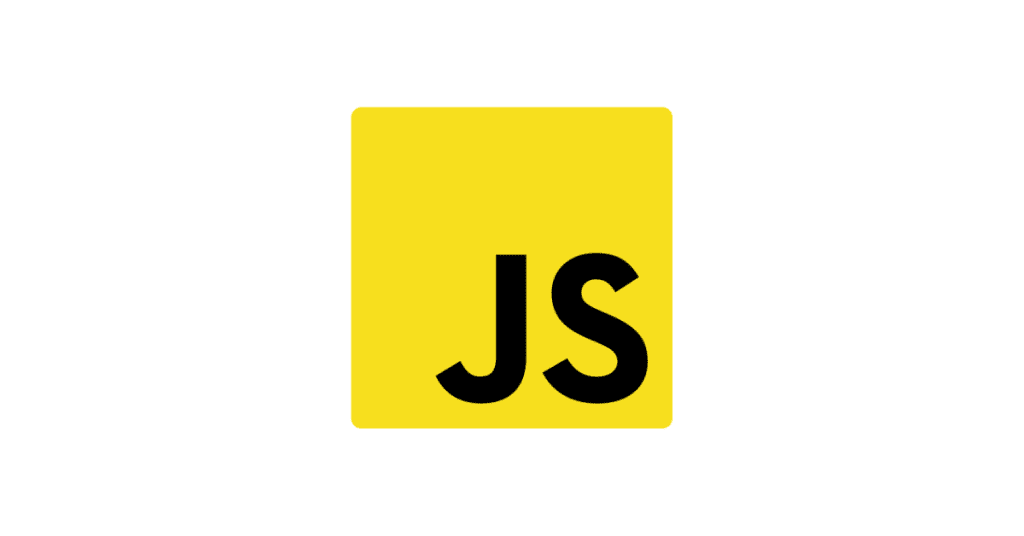
Overview
JavaScript is a high-level programming language and a cornerstone of the World Wide Web. It's the engine that powers client-side programming for a whopping 97.8% of all websites. While it started out in 1995 under the name LiveScript, it quickly rebranded to ride the coattails of Java’s popularity, earning the nickname of Java’s “younger brother.” But don’t be fooled, JavaScript has grown into its own mighty beast. Originally designed just for web browsers, JavaScript now flexes its muscles in server-side website deployments and a variety of non-browser applications. Despite sharing part of its name with Java and having a few similarities, JavaScript is a completely distinct language. It has carved out its own identity and continues to be a dominant force in the programming world, driving innovation and interactive web experiences.Key Features
- Light-Weight Scripting Language: JavaScript is a featherweight champ in the scripting world, designed for handling data right in the browser on the client side.
- Dynamic Typing: With JavaScript, you don't have to stress about data types. It supports dynamic typing, meaning the type of a variable is determined by its value.
- Object-Oriented Programming Support: Starting with ES6, JavaScript has a well-defined concept of classes and object-oriented programming. Key principles like encapsulation (object creation patterns) and inheritance (code reuse patterns) are part of the package, offering robust OOP capabilities for developers to explore.
- Functional Style: JavaScript uses a functional approach where objects can be created using constructor functions and functions themselves can be treated like objects.
- Platform Independent: JavaScript is like a digital nomad, write your script once and run it anywhere.
- Prototype-based Language: In JavaScript, prototypes are the secret sauce. Unlike class-based languages like Java, JavaScript uses prototypes for inheritance.
- Interpreted Language: JavaScript is interpreted, which means the code runs line-by-line.
- Single-Threaded: By default, JavaScript is single-threaded, executing one task at a time. However, it provides tools like asynchronous processing and web workers to achieve parallel execution, enhancing its performance for complex tasks.
Popular Use Cases
- Front-end development
- Back-end development
- CLI development
- Mobile Application Development
- Desktop Application Development
- AI and Data Science
- IoT and Robotics
Pros and Cons
Pros:- Client-side security
- Less overhead
- Inherently fast
- Easy to learn and implement
- Overall popularity
- Reduced server load
- Versatility
- Security risks
- Server load
- Browser inconsistencies
- Limited debugging tools
- Lacks multiple inheritance
- Slower rendering
Java
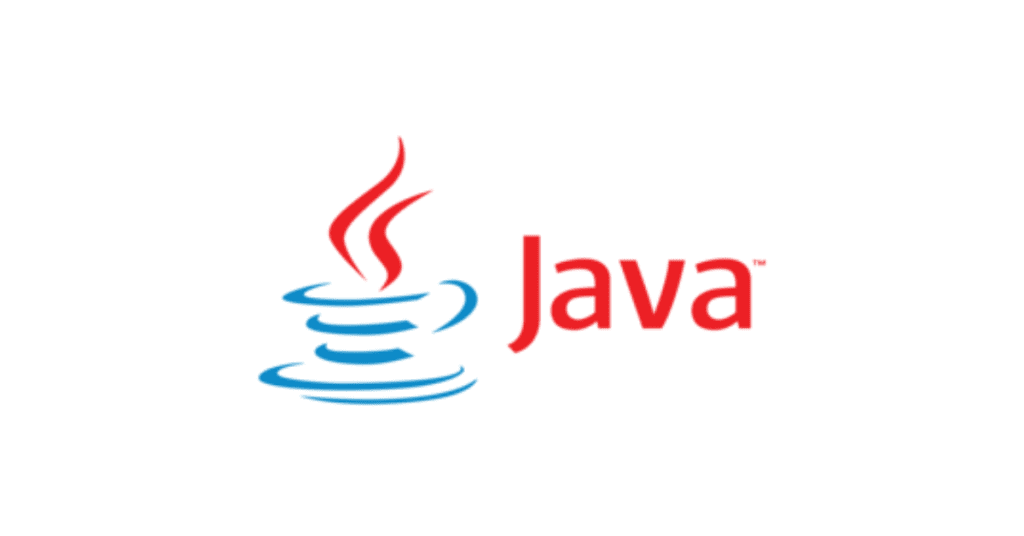
Overview
Java stands out as one of the most popular programming languages today, beloved by developers all over the world. Owned by Oracle Corporation, Java's object-oriented design and general-purpose functionality have made it a go-to choice for creating applications that run seamlessly across different platforms—whether it's Mac, Windows, Android, or iOS. Thanks to its "Write Once, Run Anywhere" (WORA) capability, Java applications boast incredible portability, running on everything from massive mainframes to tiny smartphones. It's no wonder there are over 3 billion devices out there running Java applications. Java isn't just versatile; it's everywhere in web and app development, and it's a powerhouse in the world of big data. Major websites like Google, Amazon, Twitter, and YouTube rely on Java on their backends to keep things running smoothly. And with new frameworks like Spring, Struts, and Hibernate, Java continues to evolve and stay relevant. The Java community is huge, with millions of developers around the globe. This means there are countless resources available for learning Java, from online tutorials to coding bootcamps. Plus, Java programmers are known for their camaraderie, often turning to each other for help and advice through an extensive network of online forums and communities. Java's widespread use and robust support system make it a fantastic language to learn and work with, whether you're building the next big app or diving into big data.Key Features
- Simple and Easy to Learn: Java's syntax is straightforward and easy to grasp. It's similar to languages like C++ and C#, which means web developers find it pretty accessible.
- Platform-Independent: One of Java's standout features is its platform independence.
- Object-Oriented: Java is all about objects and classes, promoting an object-oriented approach. This leads to modular, reusable, and well-organized code.
- Robust and Secure: Java is designed with reliability and security in mind. It features automatic garbage collection, exception handling, and strong memory management.
- Multithreading: Java excels in multithreading, allowing multiple threads to run concurrently within a program.
- Distributed Computing: Java shines in the realm of distributed computing. Its Remote Method Invocation (RMI) and socket programming API simplify the creation of distributed applications. Dynamic and Extensible
Popular Use Cases
- Mobile Application Development
- Web Application Development
- Enterprise Software Development
- Desktop Computing Applications
- Games and Game Engines
- Embedded Systems
Pros and Cons
Pros:- Straightforward learning process
- Object-oriented programming
- Heightened security
- Platform independence
- Performance limitations
- Licensing costs
- GUI development challenges
C#
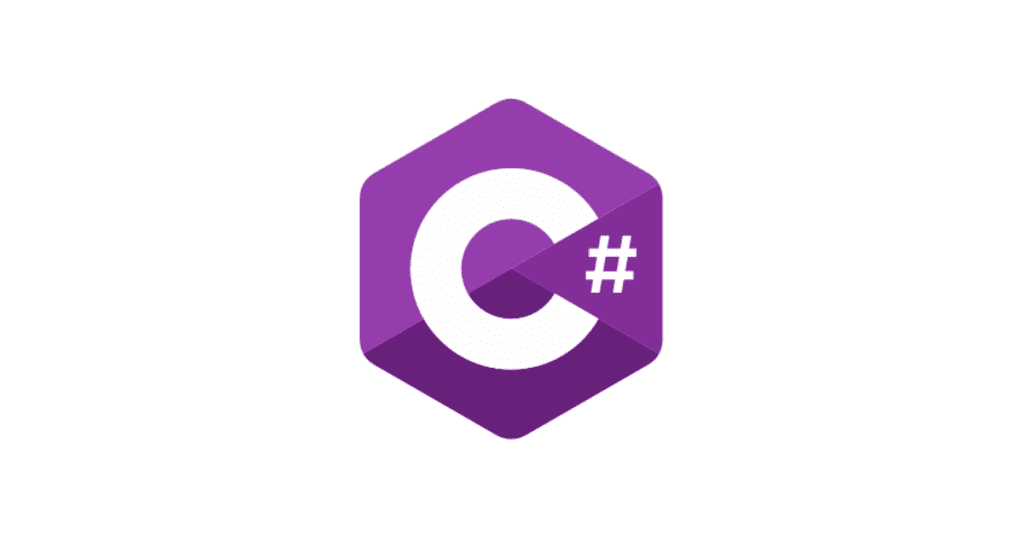
Overview
Developed by Microsoft, C# made its debut in the 2000s and quickly gained popularity for its strong support of object-oriented programming concepts. As a key language for the .NET framework, C# has become a favorite among developers. Anders Hejlsberg, the mastermind behind C#, describes it as being closer to C++ than Java, offering a powerful and versatile coding experience. C# is particularly well-suited for creating applications on Windows, Android, and iOS platforms. It leverages the integrated development environment, Microsoft Visual C++, to streamline development. This makes it an ideal choice for building robust and efficient applications across different devices. On the web, C# plays a crucial role on the back end of numerous popular websites, including Bing, Dell, Visual Studio, and MarketWatch. Its flexibility and performance make it a go-to language for many high-traffic and mission-critical web applications. In essence, C# combines the best of C++ and Java, offering a rich development environment that supports a wide range of applications and platforms, making it a staple in the developer community.Key Features
- Object-Oriented: C# is a true champion of object-oriented programming (OOP). This means you can create modular applications with reusable code, which is a huge step up from C++.
- Simplicity: C# keeps things simple and straightforward. Its structured approach to problem-solving ensures you won't get bogged down by unsafe operations.
- Fast Speeds: When it comes to compilation and execution, C# is impressively fast. This means you can build powerful applications without worrying about performance lags.
- Scalable: C# is perfect for building scalable and interoperable applications.
- Type-Safe: In C#, arrays and objects are zero-based and undergo bound checking, ensuring type safety.
- Interoperability: C# excels in language interoperability, maximizing code reuse and boosting development efficiency.
- Consistent Performance: C#'s unified type system makes it simple to extend and ensures consistent behavior across your applications.
- Always Up-to-Date: With C#, you're always working with the latest and greatest. It supports versioning, allowing complex frameworks to evolve smoothly and stay current.
Popular Use Cases
- Desktop application development
- Web application and service creation
- Microsoft application development
- Game development
Pros and Cons
Pros:- Object-oriented
- High-level language with memory access capabilities
- Cross-platform runtimes
- Access to the C family of languages
- Visual studio as native IDE
- Built-in garbage collector
- Poor performance during certain tasks
- Dependance on .NET platform
- Hard learning curve
C++
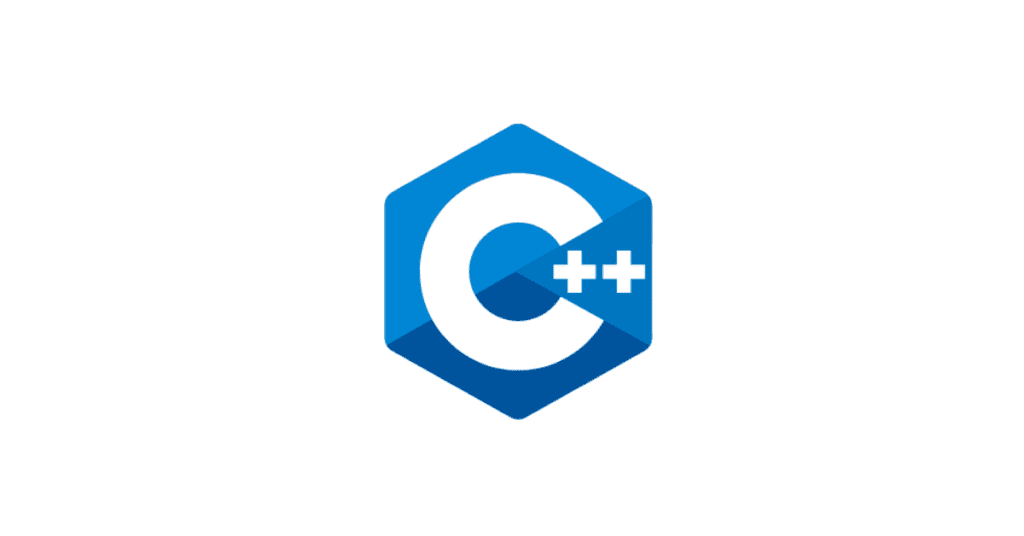
Overview
C is one of the oldest and most popular programming languages around, and it’s the foundation for many other languages like C#, Java, and JavaScript. C++ is essentially a souped-up version of C. While some developers nowadays jump straight to C++, others believe that starting with C gives you a solid grounding that can be invaluable when you move on to C++. Both C and C++ are staples in the world of computer science and programming. One of the big perks is that developers can use compilers for a huge range of platforms, making it easy to transport applications across different systems. C and C++ are known for their high performance. They’re the go-to languages for developing applications where speed and efficiency are crucial, like in client/server setups, commercial software such as Firefox and Adobe products, and even video games. Their ability to handle performance-intensive tasks makes them indispensable tools for developers who need to squeeze every bit of speed and power out of their code.Key Features
- Simple and User-Friendly: C++ is known for being straightforward and user-friendly, making it an excellent choice for both beginners and seasoned developers.
- Object-Oriented Programming: The main leap from C to C++ is the adoption of object-oriented programming (OOP), which makes development and maintenance more manageable, especially as projects grow in size.
- Platform Dependent, Yet Portable: C++ is designed to run on the operating system it was developed and compiled on, making it platform-dependent. However, it is portable enough to run on different systems with minor adjustments.
- Structured Programming Language: C++ employs structured programming, breaking down large, complex programs into smaller, manageable pieces of code called functions.
- A Mid-Level Programming Language: C++ operates at both low and high levels, earning it the title of a mid-level programming language.
- Rich Library: C++ boasts a comprehensive standard library filled with built-in functions that save developers significant time during the development process.
- Case-Sensitive: C++ inherits case sensitivity from C, meaning that lowercase and uppercase characters in code are treated distinctly. This feature is crucial for ensuring precise code behavior and avoiding errors.
Popular Use Cases
- Web browser development
- Operating System development
- In-game programming
- Software engineering
- Data Structures
Pros and Cons
Pros:- Portable
- Good speed and memory
- OOP support
- Strong-type checking
- Low-level language
- Lacks garbage collection
- Requires more manual coding than other languages
- No built-in support for certain features like database access or threading
PHP
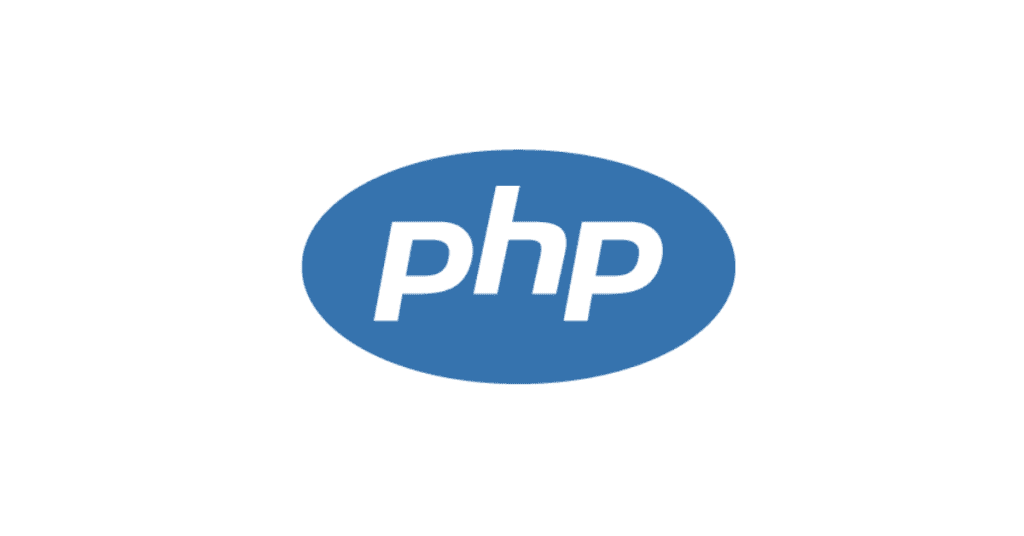
Overview
PHP is an open-source programming language that has been around since the 1990s, and it's a staple for many web developers. It's used to build over 80% of the websites on the Internet, including giants like Facebook and Yahoo. Primarily, PHP is used for writing server-side scripts, making it a go-to for creating dynamic and interactive web pages. But its versatility doesn’t stop there. Developers can also use PHP for command-line scripting, and those with advanced skills can even create desktop applications with it. One of the reasons PHP remains so popular is its accessibility. It's considered relatively easy to learn, especially for beginners. This makes it a great entry point for those new to programming. Plus, the PHP community is vast and active, with numerous online forums and resources where developers can find support, share knowledge, and get answers to their questions.Key Features
- Flexibility: PHP is incredibly flexible, capable of running scripts on a wide range of devices including mobile phones, tablets, and PCs.
- Object-Oriented: Since PHP5, the language has supported object-oriented programming features like data encapsulation, inheritance, abstraction, and polymorphism.
- Interpreted Language: PHP is an interpreted language, meaning it doesn't require compilation.
- Efficiency: PHP is a versatile, reliable, and efficient programming language.
- Fast Performance: PHP scripts tend to be faster than those written in many other scripting languages.
- Free and Open-Source: PHP is open-source, meaning anyone can download and use it for free.
Popular Use Cases
- Web Development
- Building Dynamic Websites
- Database Interactions
- Server-Side Scripting
Pros and Cons
Pros:- Scalable
- Free to use
- Community support
- Ease of use
- Lightning speeds
- Lacks versatility
- Limited debugging tools
- Can’t modify core behaviors
- Lacking security measures
- Other languages are easier to use
